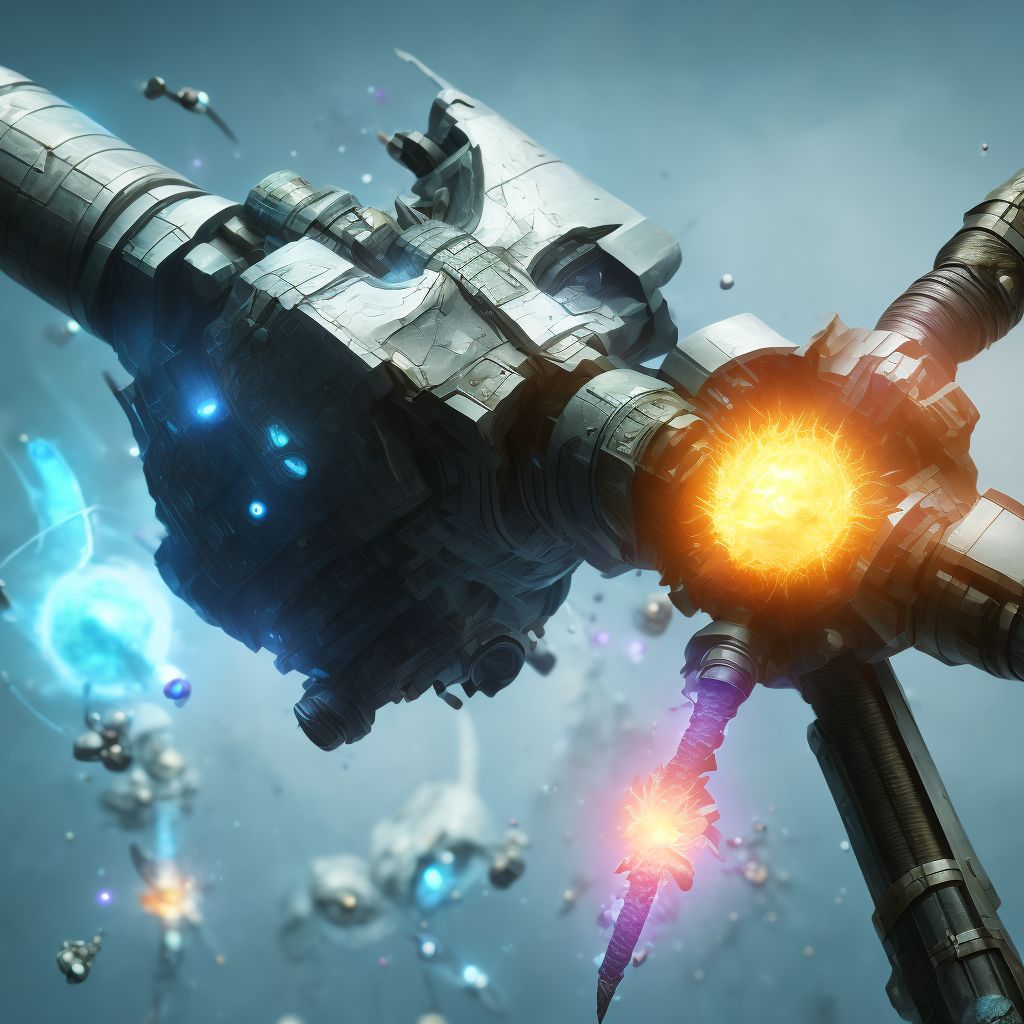
Displaced spiral fracture of shaft of left fibula, subsequent encounter for open fracture type I or II with routine healing Save
ICD-10 code: S82.442E
Disease category: S82.442: Displaced spiral fracture of shaft of left fibula
Displaced Spiral Fracture of Shaft of Left Fibula: Understanding an Open Fracture Type I or II with Routine Healing
A displaced spiral fracture of the shaft of the left fibula is a specific type of fracture that requires proper attention and understanding. This article aims to shed light on the subsequent encounter for open fracture type I or II with routine healing, providing valuable information without discussing treatment options.
When a displaced spiral fracture occurs in the shaft of the left fibula, it means that the bone has broken in a spiral pattern and has moved out of its original position. This type of fracture often occurs due to a twisting force applied to the bone, such as during sports activities or accidents.
Subsequent encounters for open fracture type I or II refer to medical appointments or visits that take place after the initial diagnosis and treatment of an open fracture. An open fracture is when the broken bone protrudes through the skin, creating an external wound that can expose the bone to potential infection.
During the routine healing process, the body's natural defense mechanisms work to repair the fractured bone. This healing process involves several stages, including inflammation, soft callus formation, hard callus formation, and remodeling. Each stage is crucial for the bone to regain its strength and stability.
- Inflammation: Immediately after the fracture occurs, the body initiates an inflammatory response. This stage involves the release of various chemicals that promote blood clotting and attract immune cells to the site of the injury.
- Soft Callus Formation: Within a few days, the body begins to produce a soft callus, which is a fibrous tissue that surrounds the fractured bone. This callus acts as a bridge between the broken bone fragments, providing stability and support.
- Hard Callus Formation: Over time, the soft callus is gradually replaced by a hard callus, which consists of cartilage and woven bone. This stage is essential for the bone to regain its strength and structure.
- Remodeling: The final stage of healing involves the remodeling of the bone tissue. During this process, the body reshapes the newly formed bone, removing excess material and aligning it according to the natural bone structure.
It is important to note that the healing process may vary from person to person, depending on various factors such as age, overall health, and the severity of the fracture. Therefore, it is crucial to follow the guidance of a healthcare professional throughout the healing journey.
In conclusion, a displaced spiral fracture of the shaft of the left fibula requires proper understanding and management. Subsequent encounters for open fracture type I or II with routine healing involve the body's natural healing process, which includes inflammation, soft callus formation, hard callus formation, and
Treatment of Displaced spiral fracture of shaft of left fibula, subsequent encounter for open fracture type I or II with routine healing:
Treatment Options for Displaced Spiral Fracture of Shaft of Left Fibula
A displaced spiral fracture of the shaft of the left fibula can be a painful and debilitating injury. However, with proper treatment and care, patients can expect routine healing and regain their mobility. In this article, we will explore some of the treatment options available for this specific type of fractur...
To see full information about treatment please Sign up or Log in